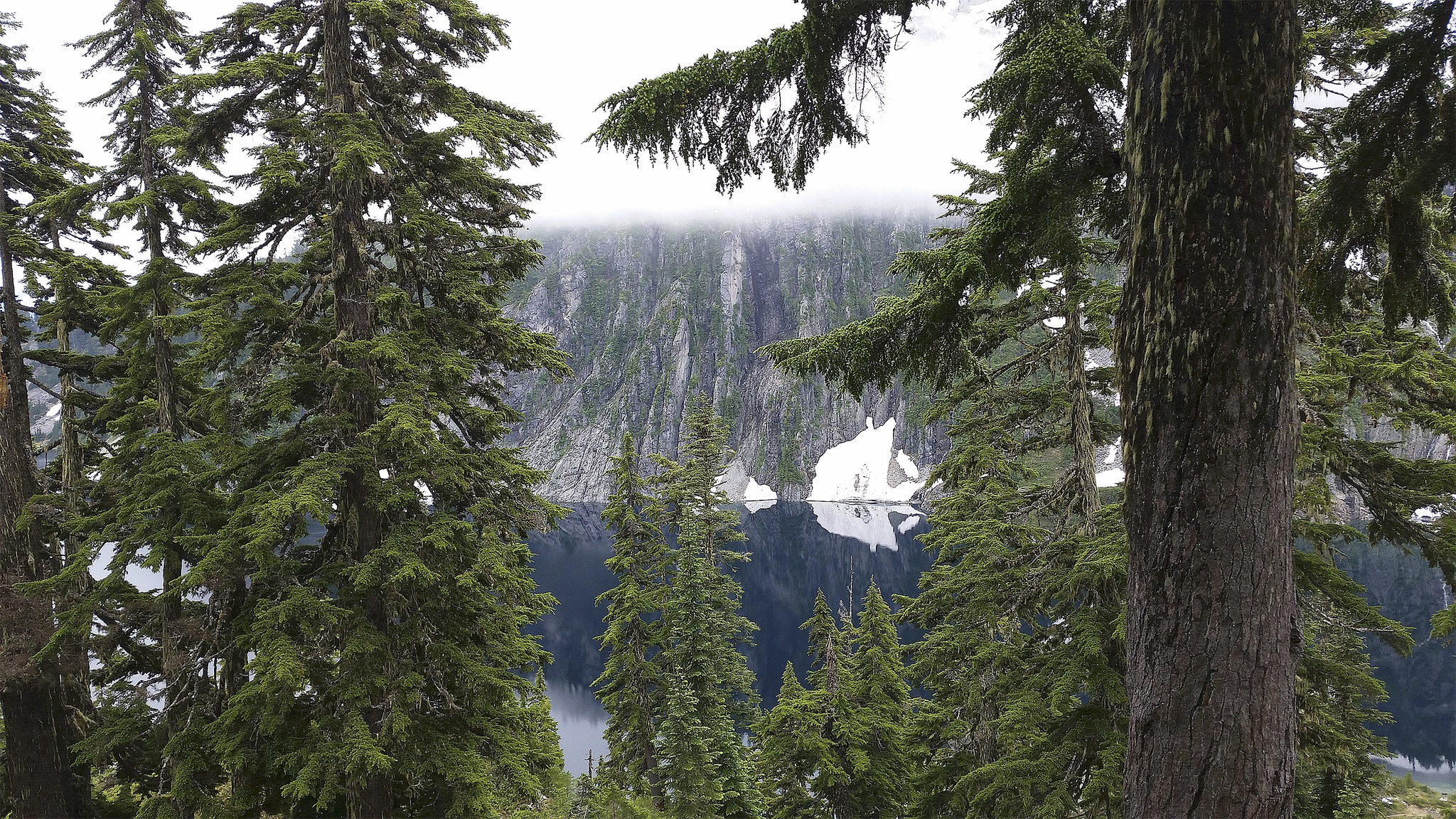By Cameron Pantoja
Contributing Writer
Long Beach, Calif. has been my home for my whole life, but I’ve had dreams of living in the mountains since I was in high school. My dreams became a reality soon after I graduated from Long Beach State in May. I was hired as a wilderness ranger intern for the Mount Baker-Snoqualmie National Forest through the Student Conservation Association (SCA).
I knew close to nothing about what the Mount Baker-Snoqualmie National Forest had to offer, nor what it was like to live in the backcountry four days out of the week with nothing more than what I could carry on my back.
Living in the wilderness is not glamorous, which makes it even more rewarding. I learned that my appreciation for nature deepens when I have to sweat to experience it. I also learned many things about hiking in this area and about wilderness stewardship.
Having visited a few other national forests and national parks in the past, I tended to question the amount of rules, fees and permits involved with these places. Why impose so many regulations in these wild areas that are supposed to provide people with such a great sense of freedom?
However, I quickly began to understand the need to regulate human impacts in wilderness areas once I began patrolling the Alpine Lakes Wilderness, accessed from the I-90 corridor. This section of wilderness is within an hour’s drive of Seattle. The people of the metropolitan area certainly take advantage of such easy access to a premier wilderness experience, as this area experiences high use during the summer.
High visitation has created opportunities for education, which is something I concentrated on during my SCA internship with the U.S. Forest Service.
My fellow rangers and I focused much of our public education efforts this summer on the concept of “Leave no trace.” At its core, this concept asks visitors to leave these special areas better than they found them. Most visitors I encountered were supportive of this concept.
There was less initial support for some of our other regulations, until we were able to explain the rationale behind them. For instance, campfire restrictions are imposed in areas above 4,000 feet as well as specific high-use destinations.I think most people enjoy sitting around a campfire while camping, but usually after I explained the resulting resource damage that occurs from firewood gathering—along with the increased risk of human-caused forest fires, most visitors refrained from building campfires.
The Forest Service also asks visitors to the Alpine Lakes Wilderness to keep their dogs on leashes, to avoid harming sensitive wildlife, or disrupting other visitors’ experiences.
These are a few of the education topics I was tasked to communicate to wilderness visitors as a regular part of my internship this summer. The goal was not to be intrusive to anyone’s enjoyment of the forest but to protect and preserve the beauty that we all share.
A true testimony to the beauty that lies within the Alpine Lakes Wilderness is Snow Lake. It is the most visited lake within the Alpine Lakes Wilderness and once there you will know why.
Heading East from North Bend or Snoqualmie take Exit 52 to reach the Snow Lake Trail. The hike is 7.2 miles roundtrip with an elevation gain of 1,800 feet. It is the largest lake in the Alpine Lakes Wilderness and its deep blue hue will be sure to take your breath away.
Franklin Falls is another popular destination and a family-friendly two-mile roundtrip hike. The waterfall at the end is a tremendous payoff for such a modest hike.
Melakwa Lake is a personal favorite because it was the first alpine lake I had ever hiked to. It can be accessed from the Denny Creek Trail.
The hike to Melakwa is an 8.5 mile roundtrip with an elevation gain of 2,500 feet with much of that gain in the second half of the hike. Keekwulee Falls and Snowshoe Falls make for two outstanding viewpoints on the way to the lake.
Once there, notice the blue-green tint of the lake that becomes amplified when the sun is out. Enjoy being surrounded by talus slopes and a view of Chair Peak.
The Denny Creek and Franklin Falls trails can be accessed by taking exit 47 on the I-90 East. Melakwa Lake and Snow Lake both have many options for campsites but tend to fill up, especially on weekends.
Stop by the trailhead bulletin board before taking off on the trail to check for our trail and campsite regulations as well as current trail conditions.
My internship with the Student Conservation Association and the U.S. Forest Service has provided me with some of the most beautiful sights of nature I have ever seen including pristine lakes, mountain peaks, wildlife, flowers and much more.
It has also taught me many lessons about managing public use in highly visited protected areas. I will certainly have much to brag about when I go back to Long Beach this winter.
Next June when the rain clouds begin to part and the high country starts to open up I hope return to the mountains. Happy trails.


